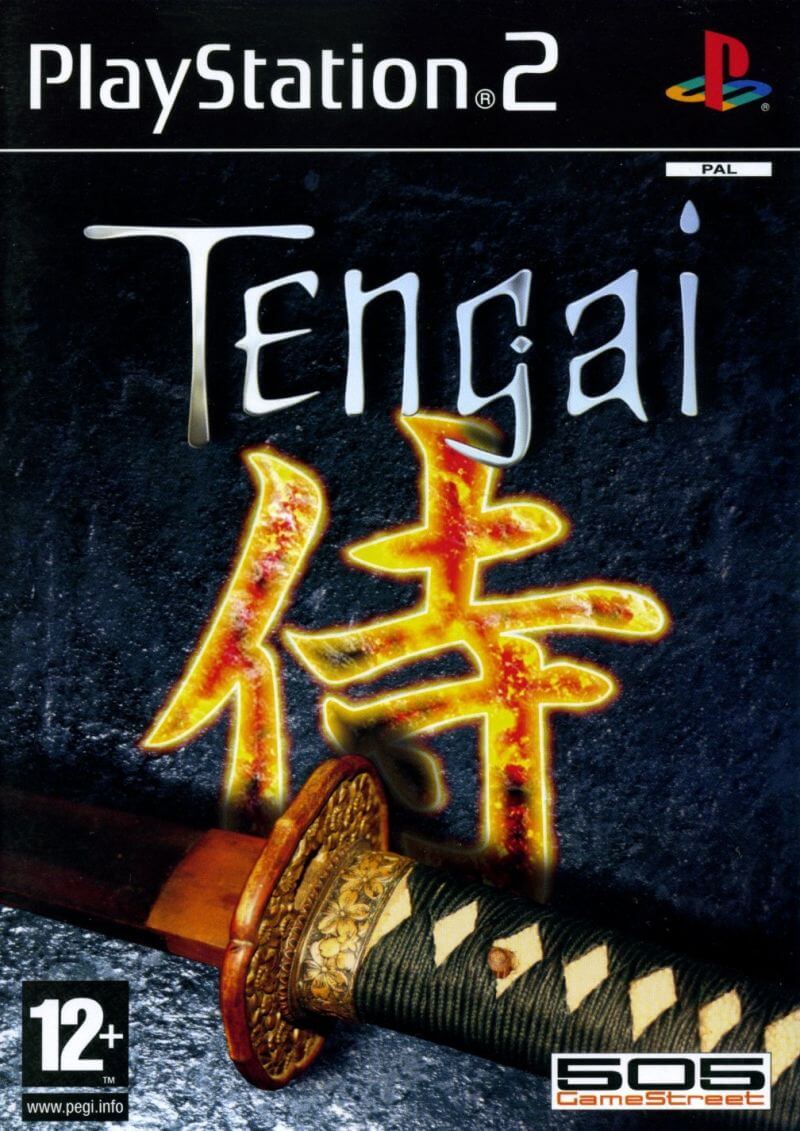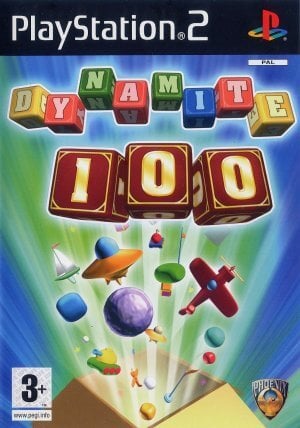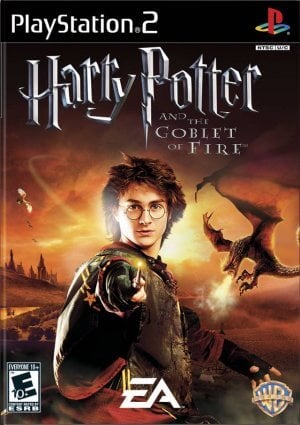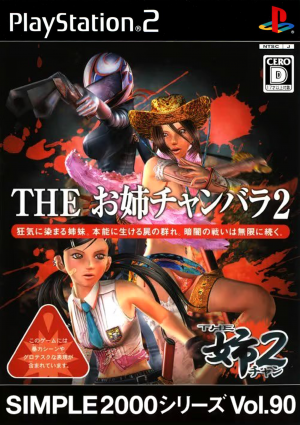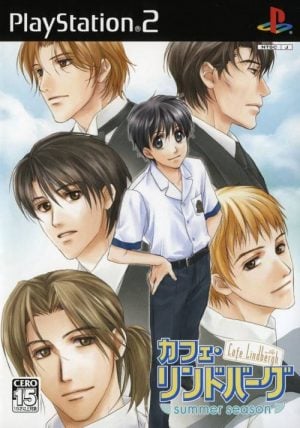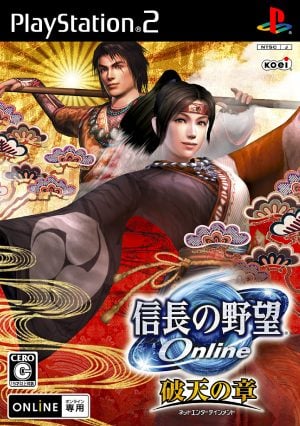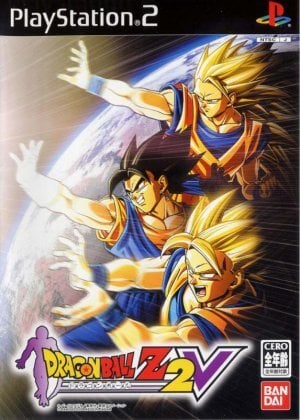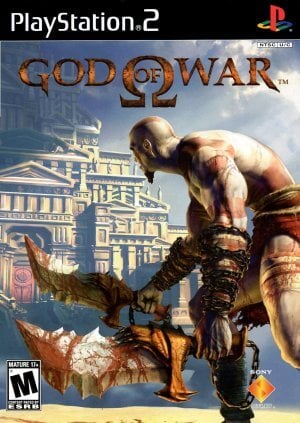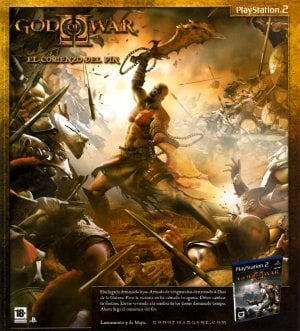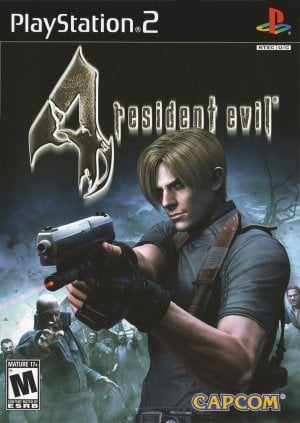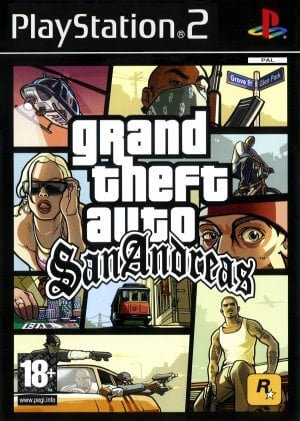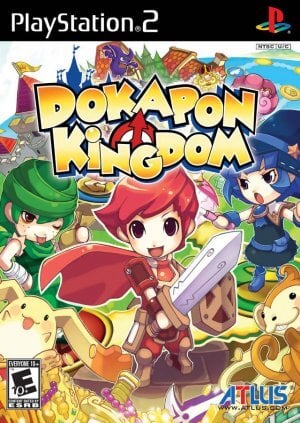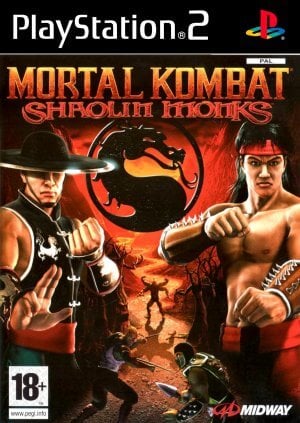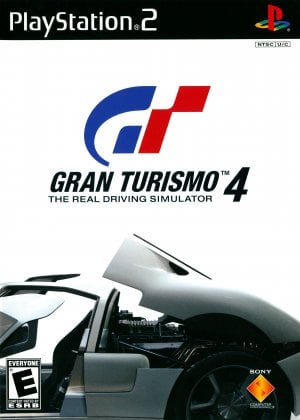Psikyo developed the shoot ’em up video game Sengoku Blade: Sengoku Ace Episode II in 1996 for arcade machines. The game, which also goes by the name Tengai, is a horizontal scrolling shoot ’em up and is a sequel to the shooter Sengoku Ace, which was launched in 1993.
Sengoku Blade was the game that marked the complete departure of the Sengoku Ace series from the classic Sonic Wings-style system (the first Sengoku Ace was still scrolled vertically), but this time with a much more complex gameplay system in which the player characters fly around on the screen by themselves instead of piloting various aircraft, in a way that was similar to the 1997 Psikyo game Sol Divide. Sengoku Blade was released in Japan in 1998. Episode II was noticeably more difficult than its predecessor, and it featured much better and to the standards of the time, stunning 2-D graphics. These graphics included impressive parallax scrolling effects, detailed and well-animated characters and backgrounds, and more. Episode II was released in 1993. On the other side, it seemed a step backward regarding the music soundtrack compared to the prior game. Much like the game that came before it, the sequel includes some distinct endings, each of which is specific to a particular character and branching routes for the various sets of levels.
The game was also converted to PlayStation 2 in December 2004 by Taito as part of the Psikyo Shooting Collection Vol. 2: Sengoku Ace & Sengoku Blade; it was then re-released a year later as a budget-range product. Both releases took place simultaneously. Both Sengoku Ace and Sengoku Blade are included in the Japanese release of the game, but, in Europe, these two titles were marketed alone.
